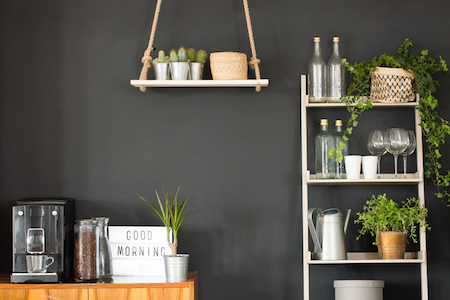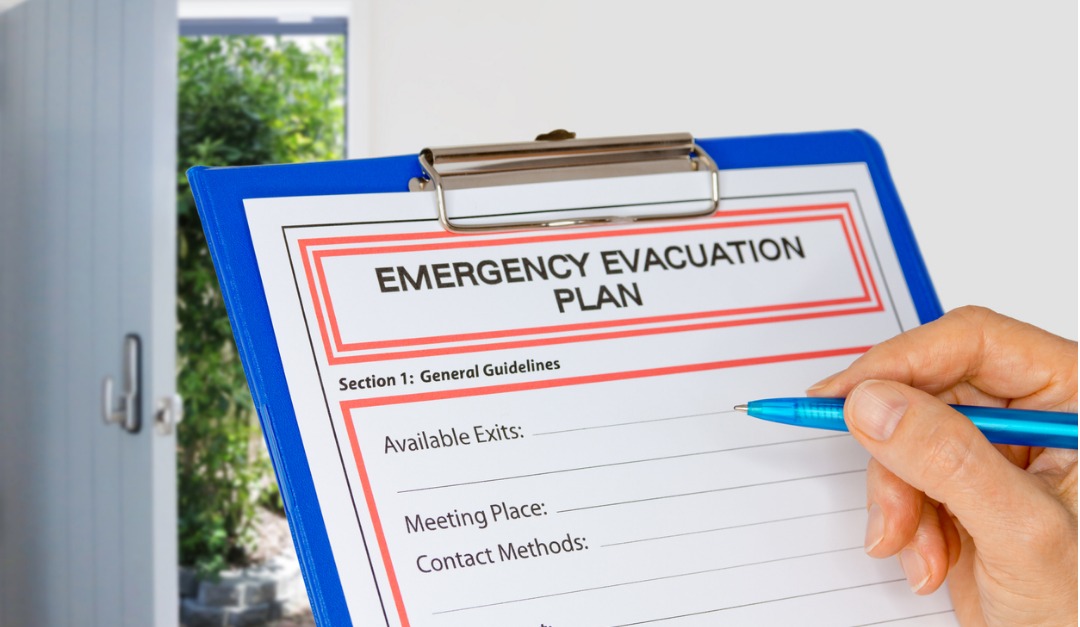
Sometimes a house lingers on the market for weeks or months without attracting a buyer. In other cases, a seller needs to close a deal quickly for personal reasons, such as to start a new job. If you want to sell your home soon, you can provide incentives to attract a buyer.
Items You Can Offer to Sweeten the Deal
Some buyers view a beautifully staged home and fall in love with the house and all the furniture. Others want to avoid the hassle of shopping for furniture and having it delivered and would prefer to simply move into the house. If you’re downsizing or don’t want to transport your furniture over a long distance, you can offer it as an incentive. If your home has any other unique features, such as artwork or antiques, you might be able to throw them in with the sale of the house.
Financial Incentives That Can Help You Attract a Buyer
If the home inspection uncovered problems that need to be repaired, going through the process of finding a contractor and having the work done might hold up the closing. As an alternative, you can offer the buyer money for repairs at the time of closing as an incentive.
If you need to close by a specific date, you can give the buyer a financial credit or bonus as an incentive to meet your deadline. You can also offer a bonus commission to the agent representing the buyer to speed things along.
Buyers often feel overwhelmed by all the bills associated with closing, such as escrow fees, title insurance, inspection fees, homeowners insurance, private mortgage insurance and taxes. Offering to cover some of these costs yourself may help you entice a buyer or convince someone to choose your house instead of another.
You also might be able to help a prospective buyer who’d need a mortgage to buy your house save money over the long run. Lenders generally offer interest rates based on market conditions at the time that a mortgage is obtained, but buyers can pay points, or upfront fees, that lower the interest rate over the life of the loan. A seller can also pay points on the buyer’s behalf and lower the interest rate as an incentive to convince the buyer to purchase the house.
Stand Out From the Competition
In a buyer’s market, simply having an attractive and well-maintained house and offering it at a reasonable price may not be enough. If your house has been slow to sell, or if you’re facing a deadline and need to speed up the process, offering incentives to a buyer may help you close the deal faster. You can advertise those incentives up front or offer them later if a buyer is on the fence. Discuss possible incentives and strategies with your real estate agent.






